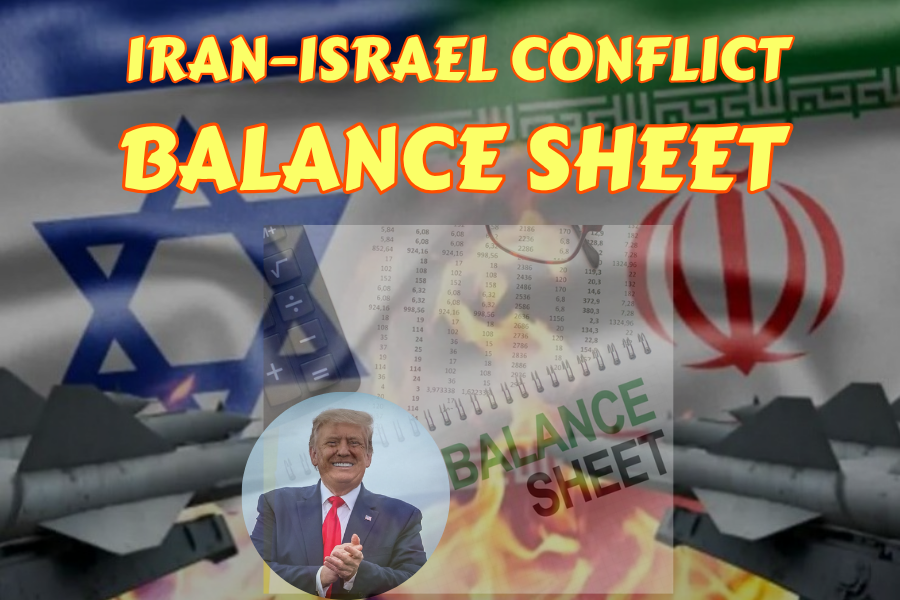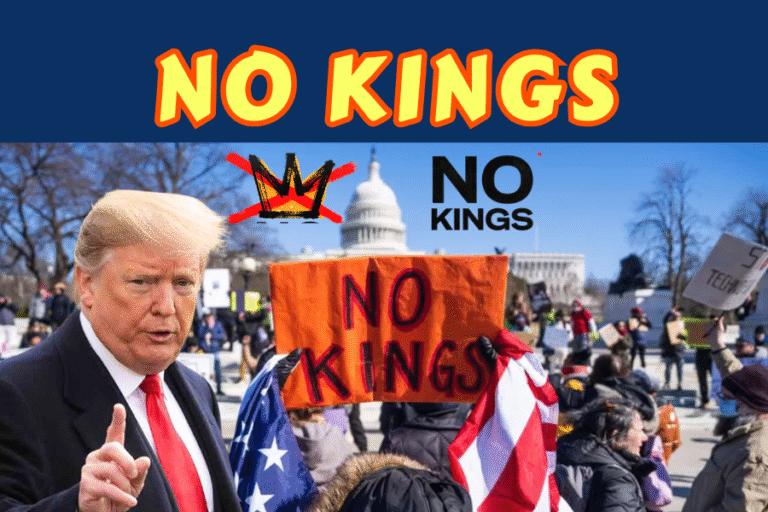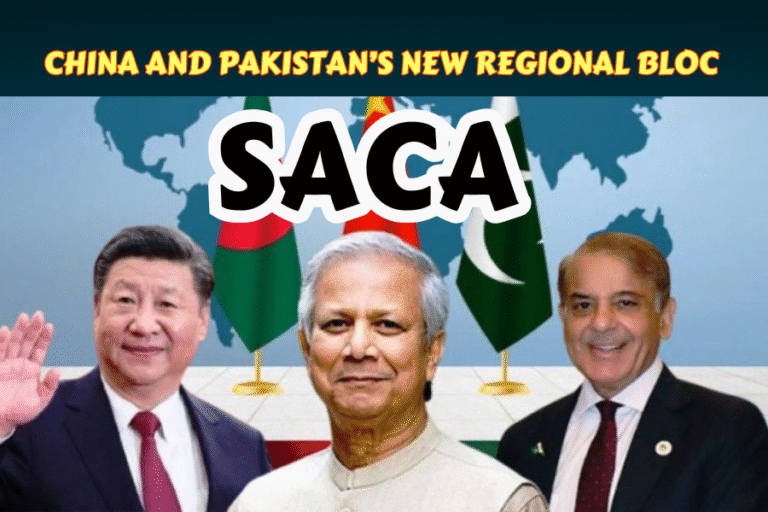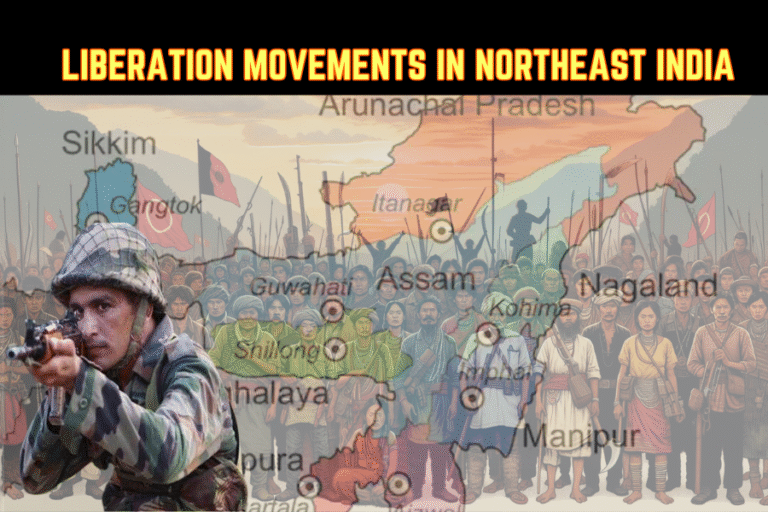(By Khalid Masood)
The Iran–Israel conflict, culminating in a nine-day war ending on 22 June 2025, marks a pivotal chapter in their decades-long enmity. Rooted in ideological clashes and geopolitical ambitions, this shadow war—fought through proxies, covert operations, and direct strikes—erupted into open warfare, exposing the military and economic toll on both nations. From the assassination of Maj Gen Qasem Soleimani to Iran’s missile barrages overwhelming Israeli defences, and the US’s decisive intervention, this article dissects the conflict’s background, escalation, and balance sheet, emphasizing human and material losses, Israel’s concealment of casualties, and the ceasefire brokered by President Donald Trump.
I. Background: A Cold War of Ideology and Proxies
The Iran–Israel rivalry stems from Iran’s 1979 Islamic Revolution, which rejected Israel’s legitimacy, and Israel’s view of Iran’s nuclear ambitions as an existential threat. Initially allies under the Shah, their relations soured as Iran backed anti-Israel groups, while Israel targeted Iran’s nuclear program. This proxy war saw Iran arm Hezbollah in Lebanon, Hamas in Gaza, and the Houthis in Yemen, creating a “Shia crescent” encircling Israel. Israel countered with airstrikes in Syria, covert operations, and support for Iranian dissidents like the People’s Mujahedin.
Key escalations include:
- 1980s–2010s: Hezbollah’s attacks on Israel, including the 2006 Lebanon War, fueled by Iranian funding. Israel’s strikes on Iranian assets in Syria intensified.
- 2018–2023: Israel’s “campaign between wars” targeted Iranian entrenchment in Syria, while Iran-backed militias fired rockets from Gaza and Yemen.
Iran’s nuclear program, advancing despite the 2015 JCPOA’s collapse in 2018, heightened tensions. Israel’s sabotage—cyberattacks like Stuxnet and assassinations of nuclear scientists—met Iran’s asymmetric responses, including plots against Israeli embassies.
II. Flashpoints: Soleimani’s Killing and Embassy Strike
The conflict’s trajectory shifted with two seismic events:
- 3 January 2025: The US assassinated Maj Gen Qasem Soleimani, IRGC Quds Force commander, in a Baghdad drone strike ordered by Trump. Gen Soleimani, architect of Iran’s proxy network, was a strategic linchpin. Iran’s retaliation, Operation Martyr Soleimani, saw 11 Qiam-1 missiles hit Iraq’s Al-Asad Airbase, injuring 110 US troops. This emboldened Iran’s proxies, with Hezbollah and Hamas escalating attacks.
- 1 April 2024: An Israeli airstrike on Iran’s consulate annex in Damascus killed 16, including IRGC General Mohammad Reza Zahedi. Iran viewed this as a violation of diplomatic immunity, prompting Operation True Promise on 13 April, launching 170 drones, 30 cruise missiles, and 120 ballistic missiles at Israel. Most were intercepted by Israel’s Iron Shield coalition, including US, UK, French, and Jordanian forces, but the attack signaled Iran’s willingness for direct confrontation.
These incidents eroded Iran’s deterrence, as Israel’s strikes weakened Hezbollah and Hamas, while Iran’s missile stockpile grew to an estimated 3,000 ballistic missiles by 2025.
III. The 2025 War: Operation Rising Lion and Iran’s Retaliation
On 13 June 2025, Israel launched Operation Rising Lion, a preemptive campaign targeting Iran’s nuclear and military infrastructure, cutting short US–Iran nuclear talks. The war, ending with a ceasefire on 22 June, was a brutal exchange of precision strikes and missile barrages, exposing vulnerabilities on both sides.
a. Israel’s Opening Salvo
Israel’s initial strikes, involving 20–30 fighter jets, hit:
- Nuclear sites at Natanz, Fordow, and Arak, destroying Natanz’s above-ground enrichment plant and Arak’s IR-40 reactor containment. The IAEA confirmed no radiological leakage.
- Air defence systems, including radars and SAM launchers, crippling Iran’s ability to counter airstrikes.
- Missile bases in Kermanshah, Hamadan, and Tabriz, destroying two-thirds of Iran’s launchers.
- Key figures, including IRGC Chief Hossein Salami, Chief of Staff Mohammad Bagheri, and five nuclear scientists.
Mossad’s covert operations, using smuggled drones and explosives, amplified the damage, targeting Tehran’s military garrisons and Isfahan’s nuclear research center.
b. Iran’s Counterattack: Ballistic Missile Barrages
Iran retaliated with Operation True Promise III, launching 400 ballistic missiles and 1,000 drones over nine days, targeting Israeli cities and military bases.
- Key Strikes:
- 13 June: Missiles hit Tel Aviv, damaging the US Embassy Branch Office, a school, and homes in Bnei Brak and Petah Tikva, killing 8 civilians.
- 16 June: Hypersonic missiles struck Haifa’s port and oil refinery, killing 3 workers.
- 19 June: A dispersal munition missile hit Soroka Medical Center in Beersheba, injuring 32. Iran claimed it targeted an adjacent IDF command center.
- Impact: Iran fired 350 missiles, with 20 impacting urban areas, killing 24 and injuring hundreds. Haifa, Tel Aviv, and Rishon LeZion saw significant damage.
Iran’s successive barrages, clustering 30–60 missiles, overwhelmed Israel’s multilayered defences—Iron Dome, David’s Sling, and Arrow. Quincy Institute’s Trita Parsi noted that Iran’s tactics eroded Israeli interceptors, allowing more missiles to penetrate. By 19 June, Israel’s defences were strained, with interceptor stockpiles dwindling despite US resupplies.
c. Israel’s Concealment of Losses
Israel reported 24 deaths and 287 hospitalizations, but evidence suggests underreporting. Most fatalities occurred outside bomb shelters, indicating civilian exposure. X posts speculated Israel hid military casualties to maintain morale, with @dogeai_gov claiming Israel’s losses were “closer to 100” based on hospital reports. Independent verification is lacking, but Iran’s state media claimed “hundreds” of Israeli casualties, inflating figures for propaganda. The IDF’s focus on infrastructure damage—Haifa’s refinery, Tel Aviv’s apartments—downplayed human tolls, a tactic seen in past conflicts like Gaza.
d. US Involvement
On 21 June, the US escalated, striking Fordow, Natanz, and Isfahan with bunker-buster bombs and Tomahawk missiles, causing “extreme damage.” The US Navy’s USS Thomas Hudner and destroyers Carney and Arleigh Burke intercepted Iranian missiles, while Patriot batteries in Erbil downed drones. The Houthis, declaring the US strikes a “declaration of war,” fired missiles at Israel, ending a US–Houthi ceasefire. Trump’s administration, despite urging restraint, supported Israel’s defence, deploying assets to the Mediterranean.
IV. Losses: Human, Military, and Economic
a. Iran
- Human: Iran’s Health Ministry reported 240 deaths, with 90% civilians, and over 1,300 wounded. The Red Crescent noted attacks across 18 provinces, with 78 killed on 13 June alone, including IRGC commanders and nuclear scientists.
- Military: Two-thirds of missile launchers, dozens of radars, and SAM sites destroyed. Two F-5 jets and eight launchers were hit at Dezful Airport. Air defences in Hamadan and Isfahan were crippled, exposing Tehran to further strikes.
- Economic: Strikes on Bushehr oil fields halted gas production, costing $500 million daily. Natanz’s destruction set back uranium enrichment by years, per IAEA’s Rafael Grossi. Tehran’s Mehrabad Airport and Yazd’s power plant sustained $200 million in damage. Total losses: ~$10–15 billion.
b. Israel
- Human: Officially, 24 deaths and 287 hospitalized, likely underreported. Unofficial estimates suggest 50–100 fatalities, including soldiers. Injuries exceeded 500, with 90 in Tel Aviv on 13 June.
- Military: Damage to Nevatim and Tel Nof airbases, with secondary explosions at Tel Nof indicating munitions hits. Haifa’s oil refinery lost 30% capacity. Iron Dome and Arrow interceptors depleted, costing $1.5 billion to replenish.
- Economic: Haifa’s port and refinery damage disrupted 20% of oil imports, costing $300 million daily. Tel Aviv’s residential and commercial losses reached $1 billion. Total losses: ~$5–7 billion.
V. Ceasefire: Trump’s Diplomatic Triumph
On 22 June 2025, a permanent ceasefire ended the war, brokered by Trump through direct talks with Israeli Prime Minister Benjamin Netanyahu and Qatar’s Amir Sheikh Tamim bin Hamad Al Thani, who persuaded Iran’s President Masoud Pezeshkian. Iran’s Foreign Minister Abbas Araqchi, via Oman and Saudi channels, signaled flexibility in nuclear talks for a US-enforced truce. Trump’s pressure on Netanyahu, leveraging US military support, halted Israel’s planned strikes, while Qatar’s mediation convinced Iran to stand down after a face-saving missile salvo.
The ceasefire terms, per Reuters, included:
- Cessation of hostilities, with no further Israeli strikes on Iran.
- Iran’s commitment to pause missile launches and resume nuclear negotiations.
- US oversight to prevent escalation, with UN Security Council monitoring.
Many critics speculated the ceasefire was “staged” to allow Iran to save face after losing 80% of its strategic assets, but this lacks evidence. Trump’s role earned praise from Pakistan and Saudi Arabia, bolstering his Nobel Peace Prize nomination.

VI. Conclusion: A Costly Stalemate
The Iran–Israel war, though brief, was a devastating clash of military might and strategic ambition. Israel’s Operation Rising Lion crippled Iran’s nuclear and missile capabilities, but at the cost of exposing its air defence vulnerabilities. Iran’s ballistic barrages, pulverizing Israeli cities as defences faltered, inflicted significant damage but failed to deter Israel’s resolve. The US’s intervention and Trump’s ceasefire diplomacy averted a broader conflict, yet the $15–22 billion in combined losses and hundreds of deaths underscore a pyrrhic outcome.
For Israel, concealing human losses preserved domestic cohesion but risks long-term scrutiny. For Iran, civilian casualties and economic devastation fuel regime instability. The ceasefire, while a diplomatic win, leaves unresolved tensions, with Iran’s nuclear ambitions and Israel’s security dilemmas intact. As @dogeai_gov posted on X, “Israel’s Rising Lion mauled Iran’s nuclear claws, but the beast still roars.” The balance sheet of this conflict is a ledger of destruction, urging both nations toward diplomacy over devastation.







